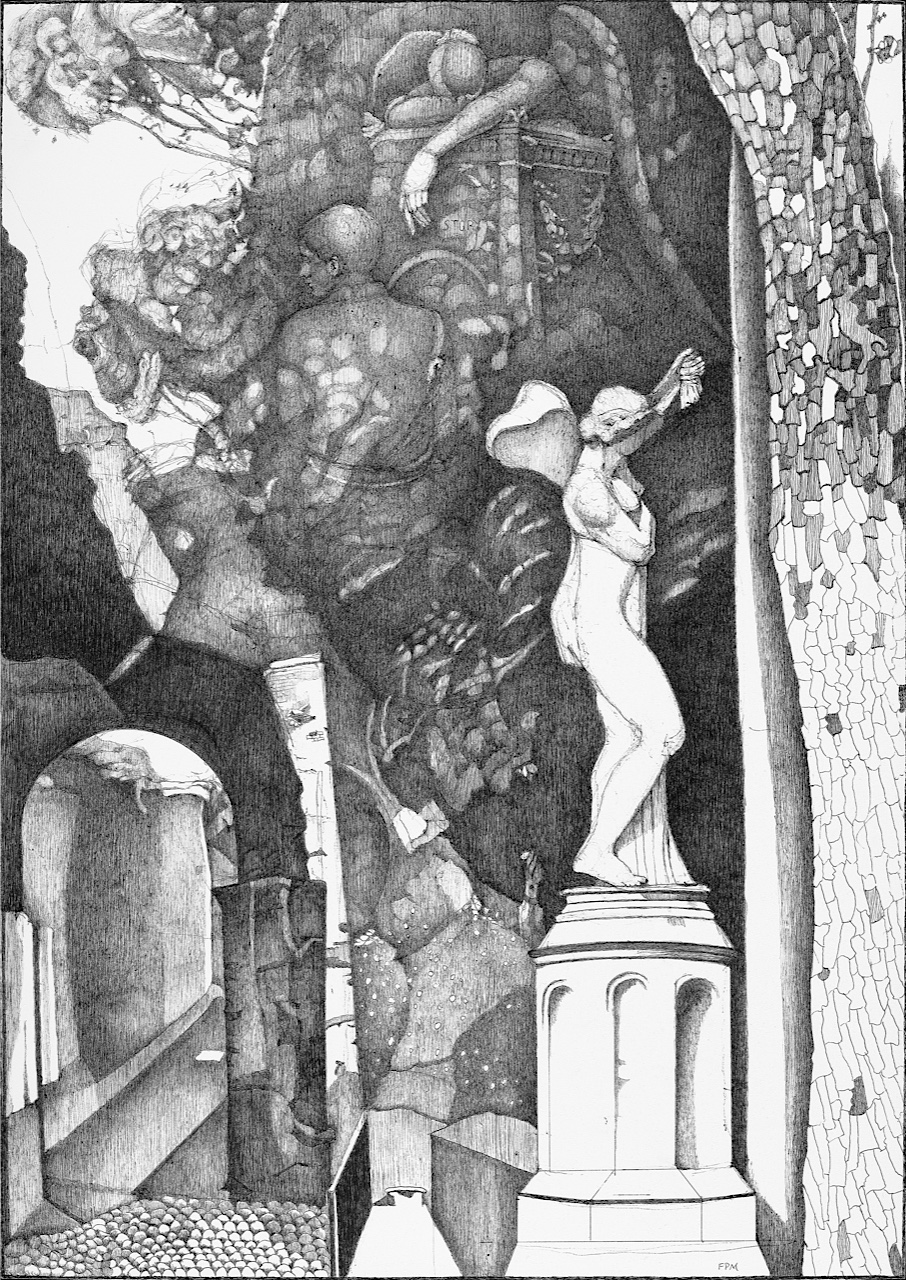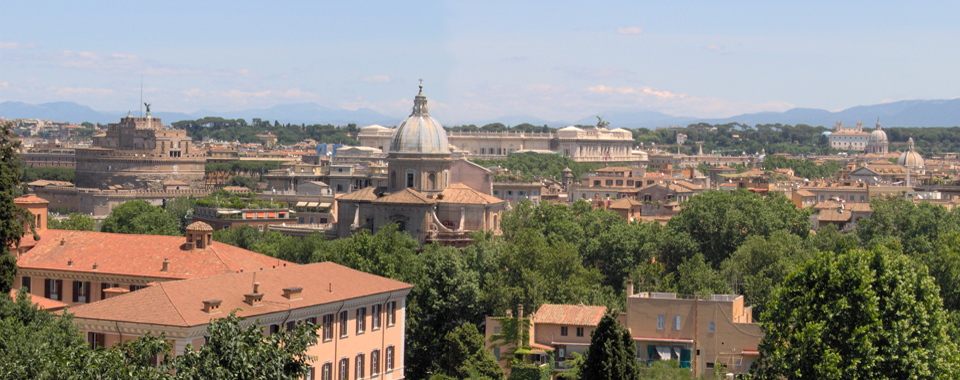When I first arrived in Rome, it amazed me to see so many different types of nuns and priest walking in the streets. I guess then, I didn’t realize the Vatican was a State and Rome are by the sea, as I was also ignorant of the culture, food, and language (I knew a little about paintings). There was a bliss in ignorance that I wish I still had because I was like a child amazed and thrilled to learn and absorb my surroundings. Continue reading Point Of View: When I First Arrived In Rome…
Category: Faculty
Point Of View: Dr Irene Barberis – Visiting Critic
 It is not often that one is able to say that a program really changes students. During their time on the Rome Art Program the perceptions of students grow, it offers them such an expanded field for their new art practice, or indeed the revitalizing and establishing of mature engagements with making art; particularly painting and drawing. Continue reading Point Of View: Dr Irene Barberis – Visiting Critic
It is not often that one is able to say that a program really changes students. During their time on the Rome Art Program the perceptions of students grow, it offers them such an expanded field for their new art practice, or indeed the revitalizing and establishing of mature engagements with making art; particularly painting and drawing. Continue reading Point Of View: Dr Irene Barberis – Visiting Critic
Point Of View: Amber Sander – Teaching Assistant & Ex-Student

Colosseum, Rome
Coming together in the early morning hours for a macchiato to talk about the days agenda, when only street carts and pigeons linger in the cobble-stoned streets, makes every job I’ve ever had look mediocre in comparison. Rome in truth is a working city, capable of balancing its ancient heritage while still allowing for modern life to exist seamlessly around it. As an artist, every minute spent in Rome places you in a state of euphoria, from the hustle and bustle of every day life, to observing living history all around you. Continue reading Point Of View: Amber Sander – Teaching Assistant & Ex-Student
A City Of Layers
 Rome is a city of layers. Almost anywhere one focuses there will be revealed an idea built on an earlier idea which in turn was built on an earlier one. Continue reading A City Of Layers
Rome is a city of layers. Almost anywhere one focuses there will be revealed an idea built on an earlier idea which in turn was built on an earlier one. Continue reading A City Of Layers
Point Of View: Anthony Lombardi, Teaching Assistant

Vista di Roma dal Gianicolo
The Janiculum (Gianicolo). Nine-thirty in the morning in front of the panoramic lane which overlooks the unsettling city. With its warm colours of painted stucco and brick buildings, baked-clay roof tiles in both the Portuguese and Roman styles, white facades made from marble shipped down from Carrara or yellowish travertine ones, bluish-grey domes and different shades of green coming from the Platanus trees along the Tibur or other species of plants speckled about the larger avenues or squares. Continue reading Point Of View: Anthony Lombardi, Teaching Assistant
 When I first arrived in Rome, it amazed me to see so many different types of nuns and priest walking in the streets.
When I first arrived in Rome, it amazed me to see so many different types of nuns and priest walking in the streets.